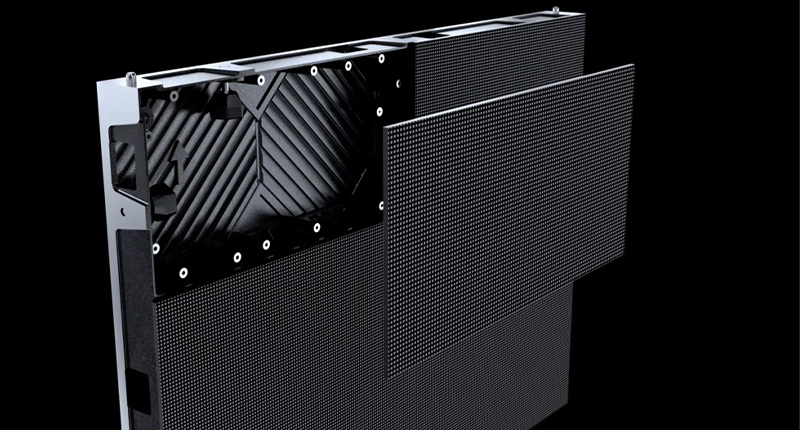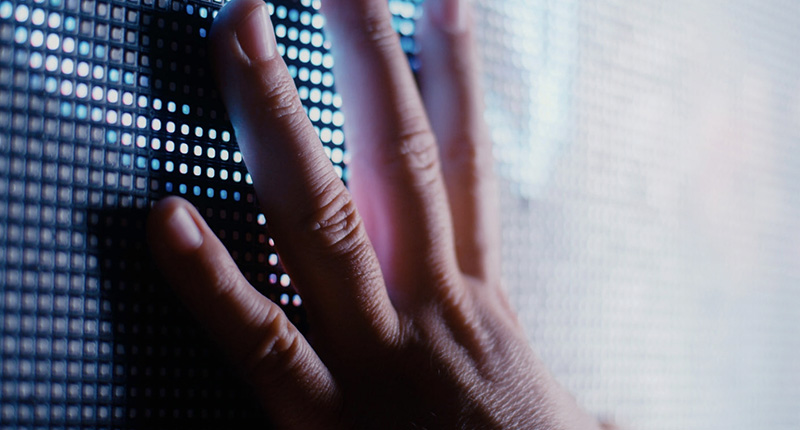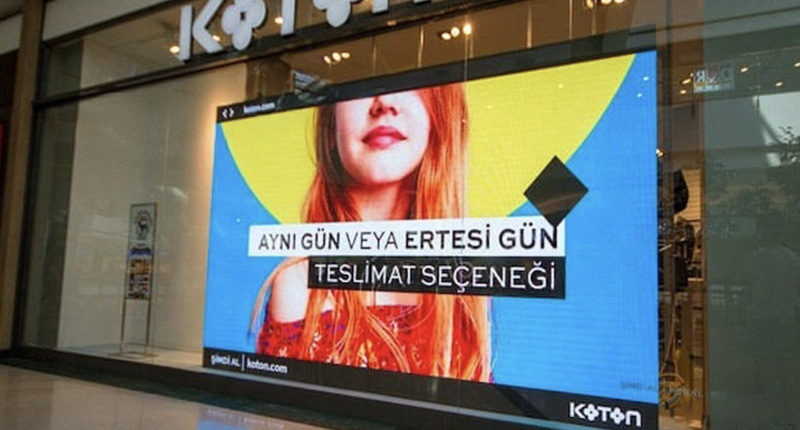Understanding Front Maintenance LED Screens
Front maintenance LED screens represent a modern approach to LED display technology, catering to the needs of indoor environments where space is limited. Unlike rear maintenance screens, which require access to the back of the display for repairs, front maintenance LED screens allow for maintenance from the front, simplifying the process and saving valuable space.
Key Advantages of Front Maintenance LED Screens
Space Efficiency
One of the most significant benefits of front maintenance LED screens is their space efficiency. By eliminating the need for rear access, these screens can be installed in tighter spaces without compromising on accessibility for maintenance purposes. This is particularly advantageous in indoor settings such as retail stores, corporate offices, and entertainment venues where maximizing space utilization is crucial.
Easy and Quick Maintenance
Front maintenance LED screens are designed for easy and quick maintenance. Technicians can access the modules directly from the front using specialized tools like suction cups. This method eliminates the need to dismantle the entire screen or navigate through narrow maintenance channels, thus reducing downtime and labor costs.
Aesthetically Pleasing Design
The front maintenance design contributes to a sleeker and more aesthetically pleasing installation. Without the need for rear maintenance access, the overall structure of the LED screen can be thinner and lighter, seamlessly blending into the surrounding environment. This design is ideal for applications where the visual appeal of the display is paramount.
Cost-Effective Maintenance
Front maintenance LED screens offer a cost-effective solution for long-term maintenance. The ability to address issues from the front means that individual modules or pixels can be repaired or replaced without disturbing the rest of the display. This targeted approach minimizes maintenance costs and enhances the longevity of the screen.
Enhanced Visual Performance
These screens are designed to deliver high-density visual performance, which is critical for indoor applications. The ability to maintain and repair the screen without extensive dismantling ensures that the display remains in optimal condition, providing vibrant and clear visuals at all times.
Applications of Front Maintenance LED Screens
Indoor Advertising and Retail
Front maintenance LED screens are widely used in indoor advertising and retail environments. Their space-saving design allows for prominent placement in high-traffic areas, capturing the attention of customers with dynamic and engaging content. The ease of maintenance ensures that the displays remain operational, maximizing advertising impact.
Corporate and Conference Settings
In corporate settings, front maintenance LED screens are used for presentations, video conferencing, and digital signage. Their sleek design and high-resolution capabilities make them ideal for delivering professional and clear visuals. The quick maintenance feature ensures minimal disruption during important business operations.
Entertainment and Events
Entertainment venues and event spaces benefit greatly from front maintenance LED screens. These screens can be installed in various configurations to create immersive visual experiences. The ability to perform maintenance quickly ensures that events run smoothly without technical interruptions.
Conclusion
Front maintenance LED screens offer a host of advantages, making them the preferred choice for indoor applications where space and aesthetics are important. Their design allows for easy and quick maintenance, reducing costs and ensuring continuous high-quality visual performance. Whether used in retail, corporate, or entertainment settings, these screens provide a versatile and efficient solution for modern display needs. As the demand for compact and efficient display solutions grows, front maintenance LED screens are set to become increasingly integral to various industries.
Relatively speaking, post maintenance is not without merit. Its price is slightly lower, and it is suitable for roof type, column type and other installation scenarios, and the inspection and maintenance efficiency is high. Due to different application scenarios, you can choose these two maintenance methods according to your actual needs.



